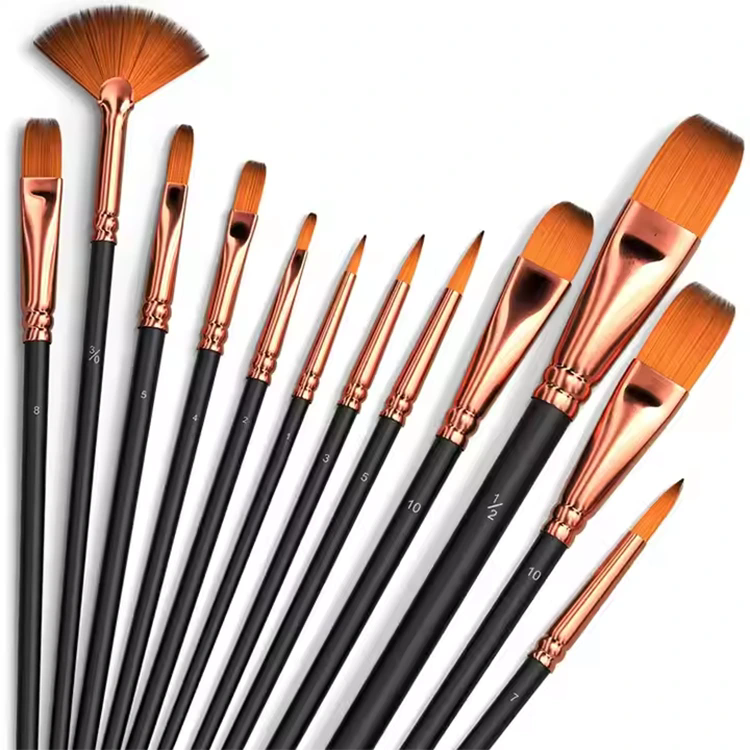The Humble Paint Brush: Your Ultimate Tool for Creativity
2025-06-03
Whether you're a seasoned artist, a DIY enthusiast, or simply someone refreshing their living room walls, there's one tool that remains central to your creative process — the paint brush. Often underestimated, this simple tool is both versatile and essential in transforming ideas into vibrant reality.

A Brief History of the Paint Brush
Paint brushes have been around for thousands of years. The earliest versions were found in ancient Egyptian tombs, made from split palm leaves and animal hair. Over centuries, the tool evolved — from the intricate calligraphy brushes of China to the modern synthetic varieties used today. While technology has changed the materials, the fundamental design remains the same: a handle, a ferrule, and bristles.
Types of Paint Brushes and Their Uses
When it comes to choosing a paint brush, one size doesn't fit all. Here are a few common types and where they shine:
Flat Brush: Great for bold strokes, filling wide spaces, and creating sharp edges.
Round Brush: Ideal for detailing, outlining, and controlled washes.
Angle Brush: Perfect for corners and edging in both art and house painting.
Fan Brush: Used for blending, feathering, and creating texture (like trees and grass).
Detail Brush: Small and precise, perfect for fine details and touch-ups.
Choosing the right brush depends on your medium (acrylic, oil, watercolor, etc.) and the effect you want to achieve.
Natural vs. Synthetic Bristles
Brushes are typically made with either natural or synthetic bristles:
Natural Bristles: Made from animal hair (such as hog or sable), they’re great for oil-based paints because they hold a lot of pigment and maintain shape well.
Synthetic Bristles: Often made from nylon or polyester, these are ideal for water-based paints and are generally more durable and easier to clean.
Taking Care of Your Paint Brushes
A well-maintained brush can last for years. Here are a few tips:
1. Clean immediately after use – Don't let paint dry on the bristles.
2. Use appropriate cleaning solutions – Water for water-based paints, mineral spirits for oil-based.
3. Shape and dry properly – After washing, gently reshape the bristles and let the brush dry flat or hanging with bristles down.
4. Store with care – Avoid crushing bristles in a drawer or leaving them in water.
Beyond the Canvas
Paint brushes aren't just for traditional art. They’re also indispensable in:
Home improvement: From baseboards to touch-ups.
Furniture restoration: Applying stains and finishes smoothly.
Crafts and hobbies: Whether it's model making or upcycling old decor.
Conclusion
The paint brush is more than just a tool — it's an extension of your hand, your vision, and your creativity. Whether you're painting a masterpiece or brightening up your bedroom wall, the right brush can make all the difference. So next time you pick one up, give it the respect it deserves — and paint your world with passion.


